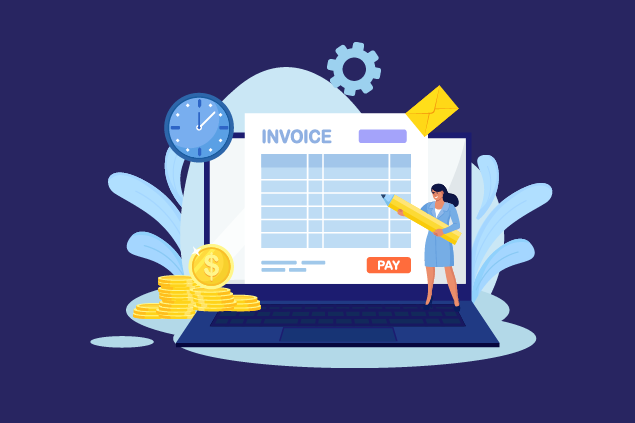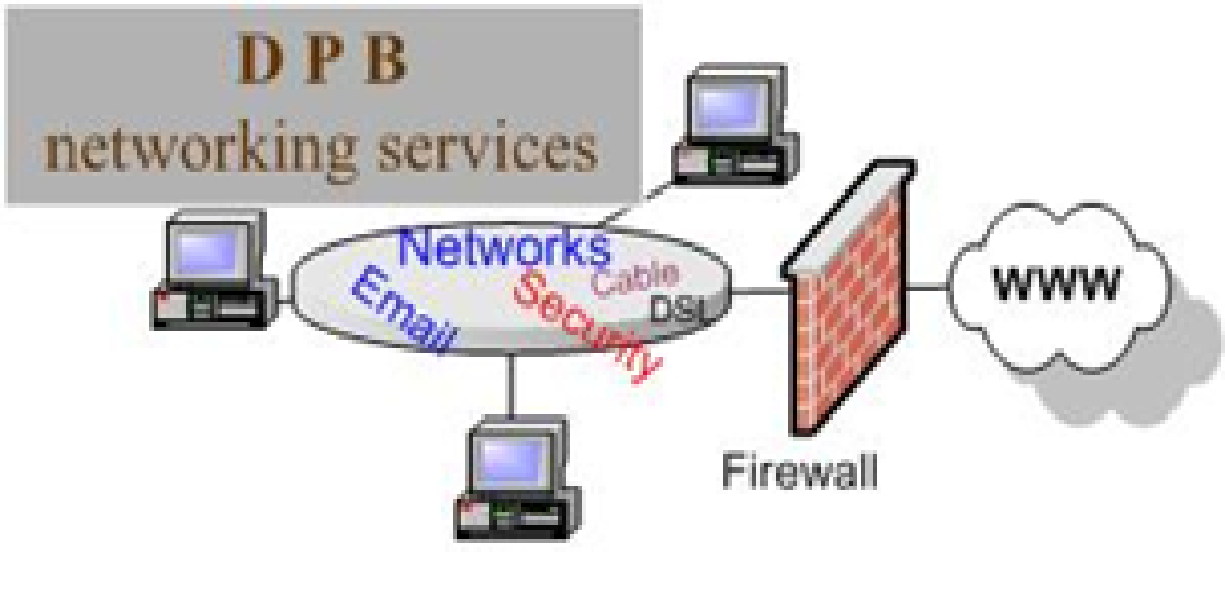For attorneys new to the profession, or for those attorneys who have not updated their billing apparatus and/or format for some time, the concept of “legal billing codes” (also referred to as “task codes” or “activity codes”) may be a foreign one. It is something that you were probably never taught about in law school and they may even seem to be a strange business-world imposition on the profession of law.
But, even if you are unfamiliar with legal billing codes, your clients’ accountants and administrators probably are, and are expecting to see such codes reflected on your bills. While legal billing codes might seem like an added annoyance to an attorney’s billing efforts at first, they can be easily incorporated with automated billing software, and can lead to more streamlined billing/collection efforts, better internal budgeting and management of projects, and happier clients.
What Are Legal Billing Codes?
As an attorney, you are no doubt already including some kind of work description for the various entries on your bill such as “draft demand letter to opposing counsel” or “review client materials in preparation for drafting of amended complaint.” A legal billing code simply takes this description of your work efforts one step further by categorizing the type of work that you are doing into any number of buckets that you and your client might agree on in describing where that work fits into the larger scheme of a matter.
For a litigation matter, you and your client might develop certain buckets which would correspond to areas of the case such as:
- Client correspondence
- Discovery
- Drafting of Motions
- Pre-trial Preparation
- Trial
These buckets could be further distilled into smaller categories (e.g. “Deposition prep” or “drafting of interrogatories”) as you and the client see fit. Then a specific legal billing code – e.g. LIT-D001 – would be assigned to each of the buckets. The ABA has already provided uniform task codes for the practice of litigation.
These codes allow both you and your client to more easily see how much money and resources is being spent on various aspects of a matter and more clearly budget and plan accordingly.
Incorporating Legal Billing Codes with TimeSolv
TimeSolv makes it easy for you to incorporate legal billing codes into your billing efforts, which again will make it easier for both you and your client to quickly analyze and manage the matter. Specific instructions on how to create and incorporate legal billing codes on TimeSolv can be found here, but in essence you can easily add activity codes to your time entries, including the uniform ABA litigation task codes which are already built into TimeSolv.
You can also specify different billing rates based on the activity/task code or designate certain types of task/activity codes to be non-billable. And with TimeSolv’s project management and internal reporting features, you can also easily and quickly see how much resources are being spent on given areas of a matter as compared to budgets and plans that you have set out for that matter.
As with all of TimeSolv’s features, ongoing support and training is provided to help you incorporate the use of task/activity codes into your practice.
Optimize Your Firm’s Billing with TimeSolv
TimeSolv offers backend automated office solutions that brings big-firm innovation to all types of firms, no matter the size. We provide low-cost automated solutions to optimize your firm’s billing, collection, expense tracking, internal reporting, and project management efforts, and offer free training to ensure that you are maximizing all the features that TimeSolv has to offer. To start your free trial of TimeSolv today, click here.

















